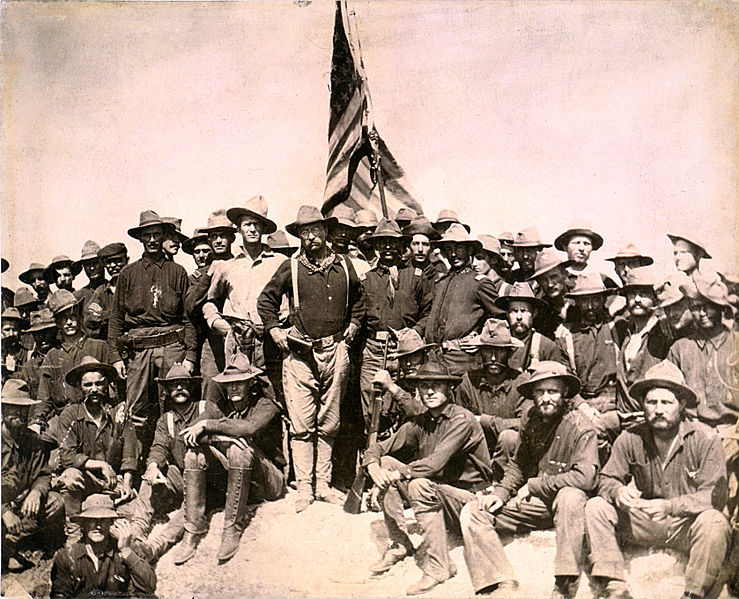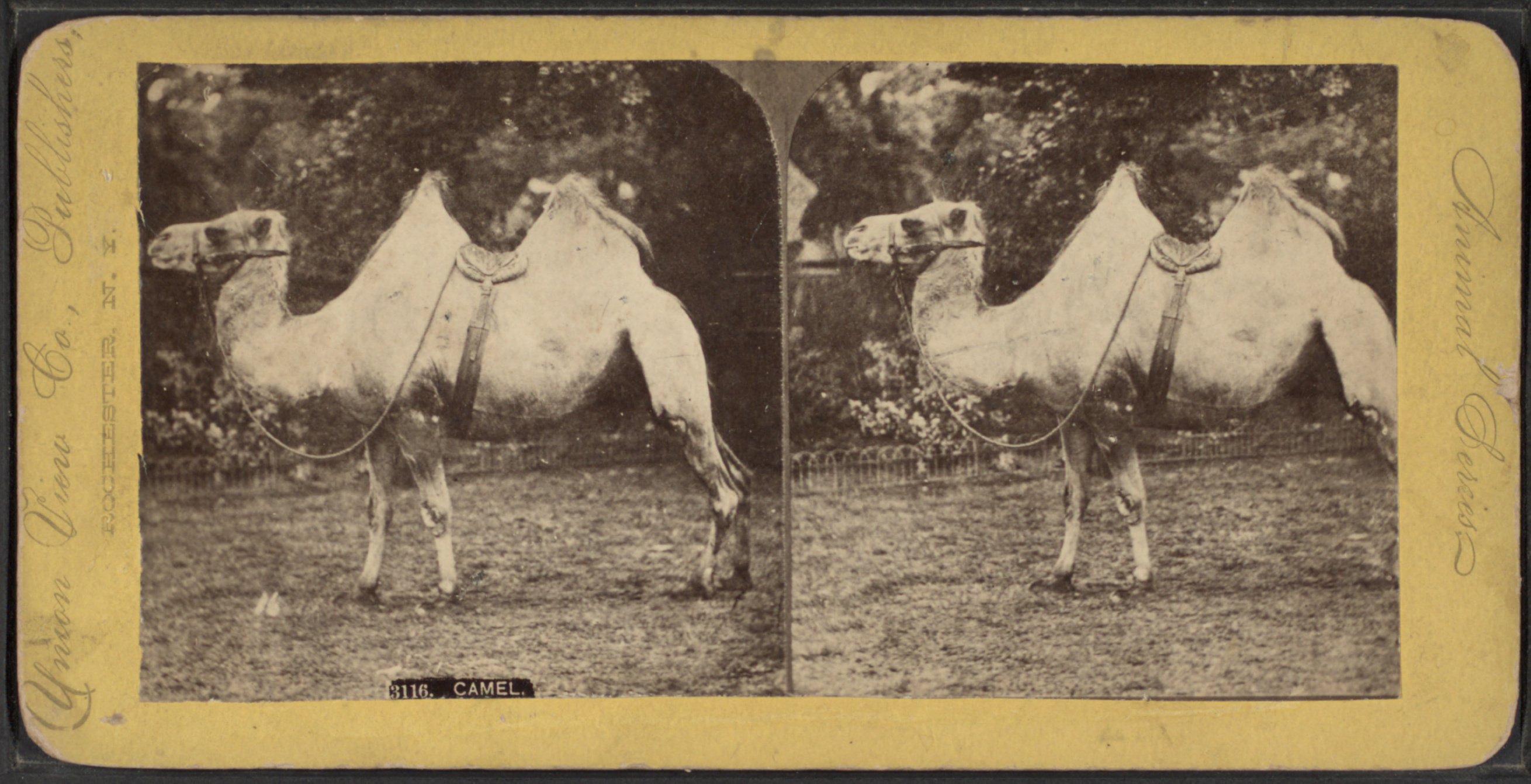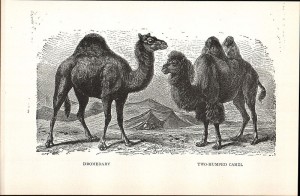A bald eagle who was mascot to Theodore Roosevelt’s Rough Riders met his maker in New York City in 1899 and was promptly stuffed. (One of its contemporaries was recently in the news.) A report about the perished plumage from the June 12 Brooklyn Daily Eagle of that year:
“Teddy, the bald eagle, the mascot of the Roosevelt Rough Riders in their Santiago campaign, died Friday night in his cage in Central Park. He had not been well for two weeks. About four weeks ago twin bald eagles, which came to be known as the Heavenly Twins, were put into the big cage with Teddy and several other eagles. Teddy had demonstrated immediately upon his arrival last fall that he was a king eagle as he started in to whip every bird in the cage which disputed his claim.
When the twins arrived Teddy thought he saw one of them do something that questioned his authority and he had a tussle with the twin. He won but he went at the other a few days later in mistake for the first one. The result was that the twins fought him together and Teddy was fearfully banged about the cage.
When Superintendent Smith saw him that night the Rough Riders’ mascot was woefully disconsolate at the loss of his prestige. He felt he had disgraced his regiment and for two weeks he brooded over the matter. Mr. Smith was sure the eagle’s heart was broken. When Teddy died Friday night, Superintendent Smith was sure of his diagnosis of the case and he sent him to the Museum of Natural History to have an autopsy performed.
The bird surgeons performed the operation and rendered a verdict of death from consumption. Teddy is now on exhibition as a stuffed specimen of bald eagle in the American Museum of Natural History.”



